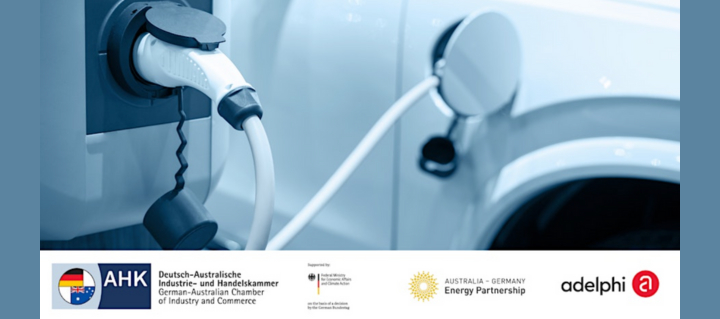e-Fuels – Australia's winning ticket for export and fuel independence
Join this workshop and uncover opportunities and challenges in the Australian hydrogen market.

What is the road for Australia to produce e-fuels for the European market – and its own use?
More than 130 countries around the world have a net zero target by 2050. This has repercussions on the mobility sector, with decarbonization targets for road transport, aviation, and maritime. Not all of it can be electrified; long-haul mobility will be relying on hydrocarbons for a long time to come.
“Power-to-Liquid (PtL)” or “e-fuels”, made from hydrogen and carbon dioxide using renewable electricity, are carbon-neutral and can help to reduce emissions whilst using existing infrastructure. The demand is massive, with IMO having pledged net zero emissions by 2050, and aviation having to fulfill quota such as a 10% sustainable aviation fuel for international flights out of all Japanese airports by 2030. Europe requires at least 1.2% e-kerosene as part of their overall mix from 2030, increasing to 35% from 2050.
Synthetic hydrocarbons can also comprise e-diesel and e-methanol, primarily for use in the maritime sector.
A related opportunity lies in the production of e-methane to transport hydrogen utilizing the same infrastructure that natural gas is using today (e-NG, e-LNG).
Australia has one of the largest hydrogen pipelines in the world and is in a prime position to supply the Asia-Pacific region due to its geographical location and natural resources.
However, the supply for the necessary carbon component is completely unclear. Biomass is finite and has competing use cases, DAC is not commercial yet, DOC may never make it up the TRL ladder, and there is so far neither a commercially captivating incentive for carbon capture from gas or hard-to-abate industry, nor certification for captured carbon in Australia.
In this workshop, we will discuss the opportunities for the Australian hydrogen market and challenges such as a missing carbon management strategy.












